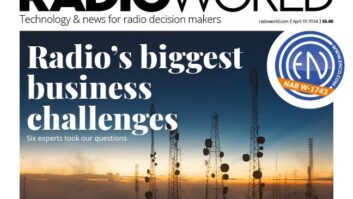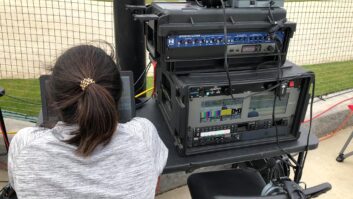
The communications and conservation groups negotiating the migratory bird vs. tower siting issue have reached agreement on some points but not on others. Still, to me this seems like substantial progress on this longstanding issue.
The groups hope the compromise can be the basis of a long-term solution. Their memorandum calls for the FCC to adopt three interim antenna structure categories and interim rules to determine when an environmental assessment is required for a planned new or modified tower.
In general, the two sides agree that the tallest new towers deserve environmental assessments and public notices, a win for the environmental side. Medium-sized towers would be handled case-by-case. But the two sides differ on whether environmental studies and public notices must kick in for smaller towers. For smaller towers, broadcasters got some of what they wanted but another point is still in contention.
We reported this week that the groups sent their recommendations to the FCC in the hopes the commission will use the agreement on an interim basis while it ponders final rules on how to register new towers.
At least since the time of Michael Powell as FCC chairman, the issue of whether towers hurt migratory birds has been debated. Environmental groups generally say tower lights attract birds, causing mass deaths from flying into the towers or guy wires, while broadcast and wireless groups, and those who erect towers, generally say they don’t.
The FCC was told by a federal appeals court two years ago to change its tower registration program to give public notice before approving a tower site. The commission then asked NAB, the National Audubon Society, Defenders of Wildlife and the American Bird Conservancy, as well as the wireless phone groups and the National Association of Tower Erectors, to talk.
They did for some six months, and the result is the “Memorandum of Understanding” filed in WT Dockets 08-61 and 03-187.
The groups have developed three interim categories of Antenna Structure Registration for processing: Category 1 towers would always need an environmental assessment when filed and the FCC would always place these ASRs on Public Notice. Category 1 consists of new towers taller than 450 feet above ground level.
Category 2 ASRs do not initially need an EA based on bird concerns. The FCC would make that decision after reviewing the application and filings made in response to a Public Notice. Category 2 consists of new towers 351 to 450 feet AGL.
Category 3 ASRs do not need an EA upon filing based on bird concerns. Category 3 covers new towers no more than 350 feet AGL, replacement towers and minor ASRs — such as ownership changes, dismantlement, tower repair or minor changes to existing towers. The industry coalition and the environmental groups disagree on whether the FCC should put Category three ASRs on Public Notice. The industry coalition says no, while the environmental groups say yes, except for minor ASRs and replacement towers.
(The groups define a replacement tower as one that does not involve a substantial size increase, or construction or excavation more than 30 feet beyond the current tower property.)
The groups also have developed a ranking of FAA-style lighting (PDF); the preference chart is in Attachment 1 at the back of the MOU.
All of the parties urged the commission to get someone with bird expertise to help the agency with its ASR program and undertake an environmental review of the ASR program.












